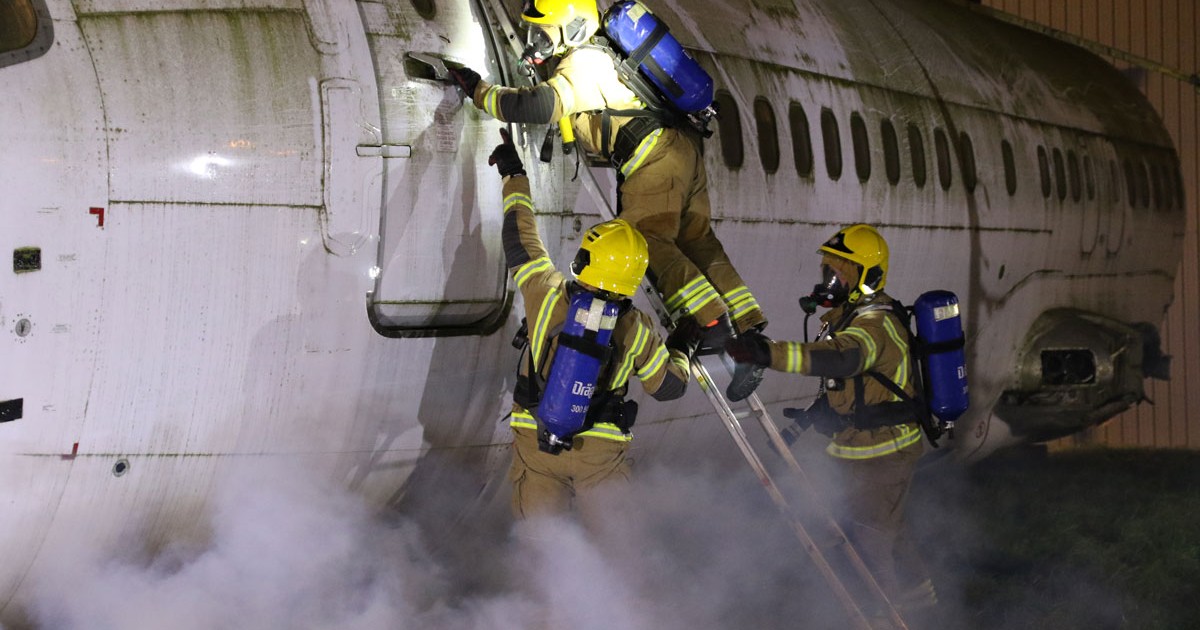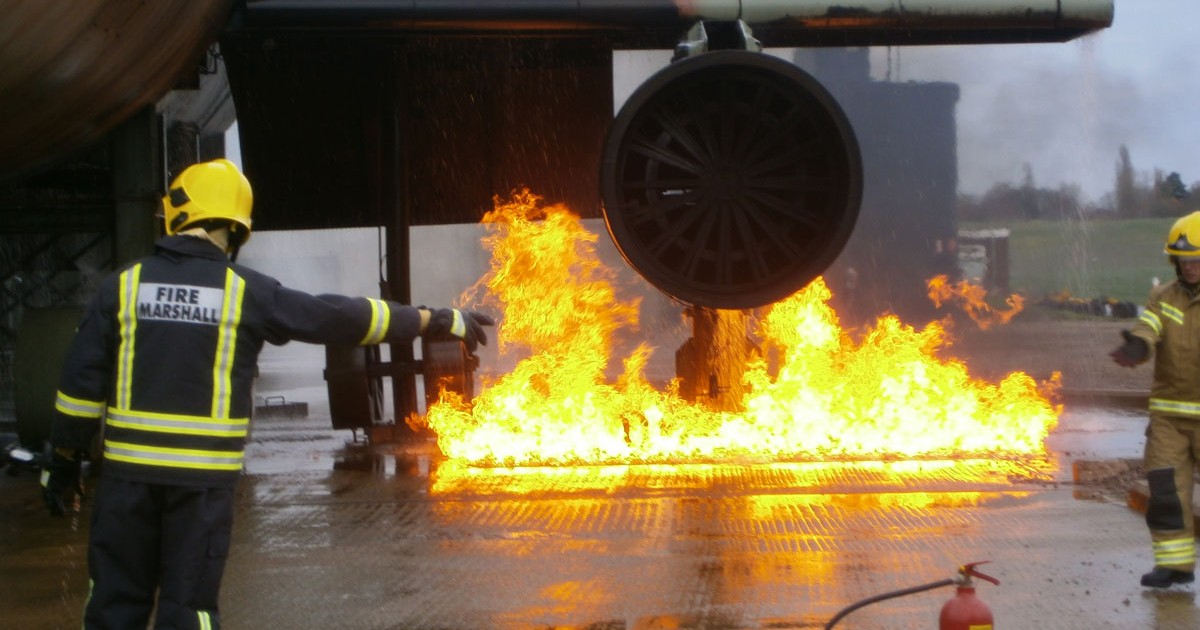About Us
Airport firefighters are required to cover a range of incident types within its boundaries. Thankfully major aircraft accidents are very rare due to robust safety management systems, regulatory oversight and continuous improvements in aircraft design and build.
The primary role for an airport fire service is to provide fire cover for every single take-off and landing of an aircraft 24 hours a day, 7 days a week (approx. 100,000 per annum at BHX). Should an aircraft ever have an issue in flight or indeed on the ground, airport fire service crews will deploy appropriately and endeavour to bring a swift resolution to any incident. This could include working alongside our external Emergency Services on larger incidents. We also work closely with external Emergency Services in dealing with a range of other incidents including medical emergencies, spillage incidents and fire alarm actuations across the airport site.
We also have a full complement of non-emergency duties, including; daily inspections and tests, fire alarm testing, hydrant testing, first aid courses, fire safety courses and fire extinguisher maintenance.
Training
Even though the need to fight fires may come infrequently, the special characteristics of hot fires caused by burning aviation fuel require special skills. Training is a regular and frequent part of a firefighters working life. Hot fire training at Birmingham is done using a simulator rig with fuselage, wing assembly and undercarriage. LPG Fuel is used in the simulator for environmental reasons.
At Birmingham, firefighters train in a series of tasks that one would expect to carry out a potential aircraft accident. These tasks have been risk assessed and form BHX Fire & Rescue’s Maintenance of Competence (MOC) training programme. This will routinely involve fire-ground training, interspersed with other practical and theoretical training for all the other types of incidents that can occur on an airport of this size.
Birmingham Airport has a modern aircraft simulator, based around the fuselage dimensions of both a 747 & 757 aircraft, which allows for simulation of the complete range of incidents that we may be required to attend.
Vehicles
We have recently unveiled five new state-of-the-art Oshkosh Striker fire fighting vehicles that will change the way the airport fire service tackles aircraft fires, by providing greater fire suppression, safety and versatility to maximise our emergency response.
Three of the five new vehicles have extended boom technology, called ‘Snozzles’, which can penetrate an aircraft fuselage in the event of an aircraft incident, allowing direct close range access to an on-board fire. The movement of the Snozzle is computer controlled from inside the Striker cab using a joystick with cameras providing detailed imagery from the Snozzle. Each appliance is equipped with hydrochem fire nozzles that can discharge water and dry powder simultaneously.
The Oshkosh strikers can accelerate from 0-50 mph in under 35 seconds and are fitted with Oshkosh TAK-4 all-wheel independent suspension for off road driving. The vehicles also have improved turning radius and manoeuvrability with the rear wheel steer and greater braking power due to using all-round disc brakes. Each vehicle has an inbuilt video device that records data from the forward and rear looking cameras covering the operator’s actions when responding to an emergency. Front facing infra-red cameras (FLIR) for identifying hot and cold surfaces to aid in the rescue and fire suppression are also provided.


